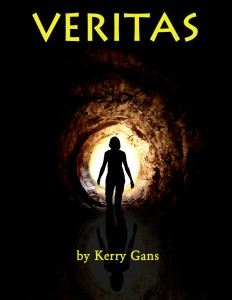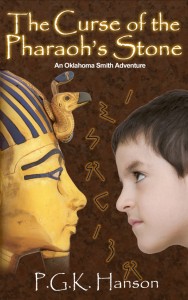On Janet Reid’s blog, she weighed in on whether or not you needed a developmental edit of your manuscript prior to submitting a query to an agent. She and the commenters agreed that you do NOT need a developmental edit prior to querying.
Their feeling is that you can get your manuscript query-ready if you have good critique partners and beta readers. And I tend to agree with that.
That said, I have used a developmental editor for every manuscript I have ever queried. I realize I am lucky because I can afford developmental edits, which are not usually cheap.
For me, that edit is a very specific part of my writing process. My original writing process was honed with a writing partner who has since passed away. I am therefore very collaborative in my process. I do have critique partners who are the first to dig into the manuscript—usually after about the 3rd draft. Once I incorporate their feedback, I go through several more drafts.
Once I reach the point where I feel I cannot edit any better, when I have reached that point where I have lost objectivity, that’s when I go to my developmental editor. She gives me an in-depth edit of my full manuscript, showing me places I need to improve. The particular developmental editor I work with has an extraordinary feel for and understanding of character and emotion in the story, and that is precisely the area I want to focus on when I send things to her.
While I cannot claim these edits have given me a leg up in querying (I am still not represented), I can say I have learned a great deal from each one. Every manuscript has come back with fewer and fewer edits needed. Not only have the edits made each individual manuscript better, but they have collectively raised my craft level.
So while I agree that in most cases a developmental edit is not necessary prior to querying, for me the money has been worth it.
Do you use a developmental editor at any point in your process?


5 Lessons about Writing from Recess Runners
My daughter’s school has a program called Recess Runners. It is a totally voluntary program where kids can come at recess and run or walk around a 1/4 mile track. When they amass a mile, they get a token to hang on their necklace.
Now, if anyone had told me in school that I had the option of running a mile at recess for fun, I would have told them “No way!”. But the program is very popular. Lots of kids running/walking. And I realized I could take some writing lessons from those kids.
1. Find the joy
These kids are having fun. Some are running because they love to run. Some enjoy walking and chatting with their friends. But it is fun for them. Sometimes I get so wrapped up in the business side of writing that I forget to have fun. Or I lose the fun of writing under the constant worry that this book won’t be good enough. I need to find the fun again—feel the wind in my face as I write.
2. Go at your own pace
They all start at the same line, but they all go at their own pace. Some zip around 4 or more times in one recess. Some make it twice. For some it’s a struggle; for some it’s easy. But they all made progress. It can be hard not to compare your own career to other people’s. Some authors are prolific, pouring out books like coffee. Some are snails, a book every few years. My journey is different from theirs, and I need to remember that.
3. Remember this was voluntary
The kids don’t have to participate. They don’t even have to participate in every session. It’s a choice for them. Writing is, too. Well, maybe not the urge to write, but the choice to write for publication. I chose to go the extra mile to continually improve my craft and pay for workshops and conferences and edits. I chose to seek representation and the rejection that inevitably comes with that process. So if it ever becomes too much, I can choose to reassess and see if it’s still where I want to be.
4. Set your own goals
Every kid has a different reason for being there. Some just want to run and get energy out. Some are competitive and want to rack up as many tokens as they can. Some are there because they want to be healthier and get more exercise. Some just want to walk and chat with their friends. Every writer has their own goals, too. Some only have one book and just want it out there. Some don’t care about the money and just want to see their work available. Some want to make a living at this writing gig. My own goals are modest, realistic, and so far largely unattained. But I am working toward them, just like all those kids are.
5. It’s the effort that counts
The biggest thing I’ve taken away from this, however, is that it’s all in the journey. The striving is what needs to be applauded. We can’t always control the outcomes of our efforts, and we won’t always reach our goals. But we are in control of our effort, our dedication, and our attitude. I won’t use the platitude that the work is its own reward (although sometimes it is), but sometimes the effort leads to opportunities and rewards we didn’t expect, if we are open to them.
So kudos to all the kids having fun running, and I hope to incorporate the lessons I have learned from them in my writing life.